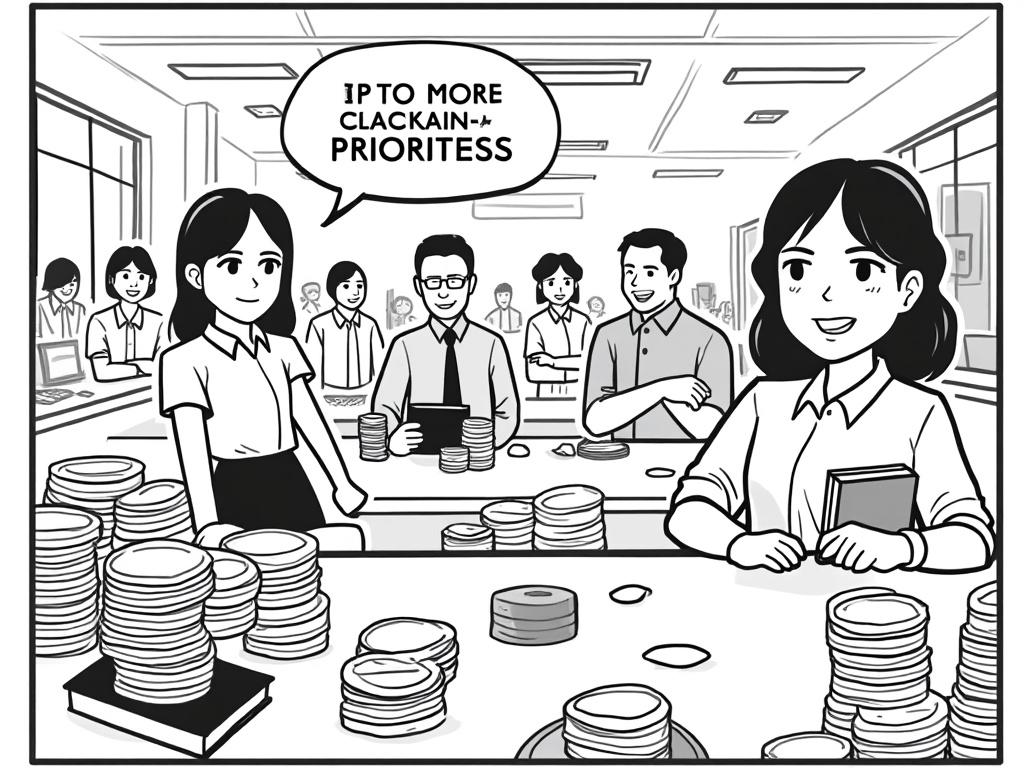
UAE Green Economy: Transforming the Desert into a Sustainability Powerhouse
Reading time: 12 minutes
Ever wondered how a nation built on oil wealth is revolutionizing itself into a global green economy leader? The UAE’s transformation story isn’t just inspiring—it’s a masterclass in strategic economic pivoting that other nations are scrambling to replicate.
Table of Contents
- The Vision Behind UAE’s Green Revolution
- Strategic Policy Framework
- Game-Changing Green Projects
- Economic Impact and Investment Flows
- Navigating Implementation Challenges
- Your Green Economy Roadmap Forward
- Frequently Asked Questions
The Vision Behind UAE’s Green Revolution
Picture this: In 2012, the UAE announced an audacious goal to generate 44% of its energy from clean sources by 2050. Many skeptics questioned whether a nation synonymous with oil could genuinely pivot toward sustainability. Fast-forward to today, and the UAE is hosting COP28, leading global climate discussions, and attracting over $163 billion in green investments.
The UAE Green Economy initiative, launched under the “Green Economy for Sustainable Development” strategy, represents more than environmental consciousness—it’s economic pragmatism at its finest. Sheikh Mohammed bin Rashid Al Maktoum articulated this vision clearly: “The green economy is not a luxury, but a necessity for sustainable development and future generations.”
Core Pillars of the Green Vision
The UAE’s approach rests on six fundamental pillars that create a comprehensive ecosystem:
- Green Energy: Massive renewable energy infrastructure development
- Green Transport: Electric mobility and sustainable logistics
- Green Buildings: Sustainable construction and urban planning
- Green Technology: Innovation hubs and R&D investments
- Green Finance: Sustainable banking and investment frameworks
- Green Agriculture: Food security through sustainable farming
Strategic Timing and Global Context
The UAE’s timing couldn’t be more strategic. As global energy markets shift and climate commitments intensify, the nation positioned itself as a bridge between traditional energy exporters and renewable energy importers. This positioning allows the UAE to leverage its existing infrastructure, financial resources, and geopolitical relationships while building new competitive advantages.
Strategic Policy Framework
Well, here’s the straight talk: Successful green transformation isn’t about perfection—it’s about strategic policy coordination across multiple government levels and sectors.
The UAE’s policy architecture operates through a sophisticated multi-layered approach that ensures both federal coordination and emirate-level innovation. Let’s examine the key frameworks driving this transformation:
UAE Vision 2071 and Net Zero Commitment
The UAE Vision 2071 aims to make the country the world’s best nation by its centennial anniversary. Central to this vision is the Net Zero by 2050 Strategic Initiative, announced in 2021, making the UAE the first Middle Eastern nation to commit to carbon neutrality.
Key Policy Instruments:
- Carbon pricing mechanisms across major industrial sectors
- Mandatory renewable energy quotas for utilities
- Green building certification requirements
- Electric vehicle adoption incentives and infrastructure mandates
National Climate Change Plan 2017-2050
This comprehensive plan establishes measurable targets and implementation timelines. The plan’s genius lies in its sector-specific approach, recognizing that different industries require tailored strategies for effective green transition.
Policy Success Metrics Comparison
Regulatory Innovation and Flexibility
One of the UAE’s competitive advantages lies in its regulatory agility. The government established “regulatory sandboxes” that allow green technology companies to test innovative solutions without full regulatory compliance initially. This approach accelerated the deployment of cutting-edge technologies while maintaining safety standards.
Game-Changing Green Projects
Quick Scenario: Imagine visiting the UAE in 2030. You’d arrive at an airport powered entirely by solar energy, travel in autonomous electric vehicles, and stay in buildings that generate more energy than they consume. This isn’t science fiction—it’s the UAE’s current project pipeline becoming reality.
Mohammed bin Rashid Al Maktoum Solar Park
This isn’t just a solar installation—it’s the world’s largest single-site solar park, spanning 77 square kilometers with a planned capacity of 5,000 MW by 2030. The project showcases multiple innovative approaches:
- Concentrated Solar Power (CSP): The world’s tallest solar tower at 262.44 meters
- Energy Storage Integration: 15-hour storage capacity ensuring 24/7 clean energy
- Smart Grid Technology: AI-powered optimization reducing energy waste by 30%
- Economic Impact: Creating over 20,000 direct and indirect jobs
The project’s Phase IV alone attracted $4.3 billion in investment, demonstrating the UAE’s ability to mobilize massive capital for green infrastructure.
Masdar City: The World’s First Carbon-Neutral City
Masdar City represents perhaps the most ambitious urban sustainability experiment globally. This 6-square-kilometer development serves as a living laboratory for sustainable technologies and urban planning concepts.
Innovation Highlights:
- Building orientation optimized for natural cooling, reducing AC needs by 40%
- Automated waste collection systems eliminating traditional garbage trucks
- Personal Rapid Transit (PRT) system providing carbon-free urban mobility
- Integrated renewable energy systems meeting 100% of energy needs
The city hosts over 1,000 companies and organizations, including the International Renewable Energy Agency (IRENA) headquarters, creating a global hub for clean energy innovation.
Green Hydrogen Production Initiatives
Recognizing hydrogen’s potential as a clean energy carrier, the UAE launched several large-scale green hydrogen projects. ADNOC partnered with international companies to develop hydrogen production facilities powered entirely by renewable energy.
| Project Name | Capacity (MW) | Investment ($B) | Timeline | Key Partner |
|---|---|---|---|---|
| Al Dhafra Solar | 2,000 | 1.35 | 2019-2022 | EDF/Jinko Power |
| Barakah Nuclear | 5,600 | 24.4 | 2012-2024 | Korea Electric Power |
| Noor Abu Dhabi | 1,177 | 0.87 | 2017-2019 | Marubeni/Jinko |
| Shams Solar | 100 | 0.6 | 2010-2013 | Masdar/Total |
| Hassyan Clean Coal | 2,400 | 3.4 | 2016-2023 | Harbin Electric |
Economic Impact and Investment Flows
The numbers tell a compelling story. The UAE’s green economy initiatives have generated substantial economic returns while creating new industry sectors and employment opportunities.
Investment Magnetism and Capital Flows
Since 2010, the UAE has attracted over $163 billion in clean energy investments, making it the leading destination for green capital in the Middle East. This investment influx stems from several strategic advantages:
- Financial Infrastructure: Sophisticated banking and capital markets
- Political Stability: Consistent long-term policy commitment
- Geographic Advantage: Strategic location between Europe, Asia, and Africa
- Government Support: Direct investment and risk-sharing mechanisms
Job Creation and Skills Development
The green economy transformation created over 164,000 jobs across various sectors, with particularly strong growth in:
- Renewable energy installation and maintenance
- Green building design and construction
- Environmental consulting and project management
- Clean technology research and development
To address skills gaps, the UAE invested heavily in education and training programs. The Mohammed bin Rashid Space Centre, Khalifa University, and American University of Sharjah developed specialized curricula for green economy careers.
Export Diversification Success
Pro Tip: The right preparation isn’t just about avoiding oil dependency—it’s about creating scalable, resilient economic foundations that can compete globally.
The UAE successfully diversified its export portfolio, with clean energy technology and services becoming significant revenue streams. The country now exports solar panels, wind turbines, and green hydrogen to markets across Africa, Asia, and Europe.
Navigating Implementation Challenges
Let’s address the elephant in the room: No green economy transition happens without significant challenges. The UAE’s journey offers valuable lessons for other nations attempting similar transformations.
Challenge 1: Balancing Traditional and New Energy Sectors
The UAE couldn’t simply abandon its oil and gas industry overnight. Instead, it developed a sophisticated transition strategy that leverages existing energy expertise while building new capabilities.
Solutions Implemented:
- Gradual workforce retraining programs moving professionals from fossil fuels to renewables
- Joint ventures between traditional energy companies and clean tech firms
- Carbon capture and utilization projects that reduce emissions from existing facilities
- Strategic use of oil revenues to fund renewable energy investments
Challenge 2: Technology Integration and Grid Stability
Integrating massive renewable energy capacity while maintaining grid stability required significant technical innovation. The UAE addressed this through:
- Smart Grid Investment: Over $20 billion invested in grid modernization
- Energy Storage: Large-scale battery installations and pumped hydro storage
- Demand Response Systems: AI-powered load management reducing peak demand by 15%
- Regional Integration: Cross-border electricity trading agreements
Challenge 3: Water-Energy Nexus Management
In a desert nation, water and energy security are inseparable challenges. The UAE developed innovative solutions addressing both simultaneously:
The integration of renewable energy with desalination represents a breakthrough achievement. Solar-powered desalination plants now provide 42% of the UAE’s water supply, reducing both energy costs and carbon emissions.
Your Green Economy Roadmap Forward
Ready to transform complexity into competitive advantage? The UAE’s green economy success offers a practical blueprint that other nations, businesses, and investors can adapt to their specific contexts.
Practical Implementation Strategy
For Government Leaders:
- Establish Clear Long-term Vision: Set ambitious but achievable targets with specific timelines and measurable outcomes
- Create Regulatory Flexibility: Develop sandbox environments that encourage innovation while maintaining safety standards
- Invest in Education Infrastructure: Build workforce capabilities before they’re critically needed
- Leverage Existing Strengths: Use current competitive advantages as stepping stones to new opportunities
- Build International Partnerships: Collaborate with global leaders to accelerate technology transfer and knowledge sharing
For Business Investors:
- Focus on scalable technologies with clear market demand
- Partner with local entities that understand regulatory environments
- Prioritize projects with government backing and long-term contracts
- Consider the full value chain, not just individual technologies
The UAE’s transformation demonstrates that green economy success requires more than environmental commitment—it demands strategic thinking, patient capital, and coordinated execution across multiple stakeholders.
As climate pressures intensify and energy markets continue evolving, the UAE’s experience becomes increasingly relevant for global decision-makers. The question isn’t whether to pursue green economy development, but how quickly and effectively you can implement proven strategies.
What’s your next move in the global green economy transformation? The UAE’s roadmap provides the foundation—now it’s time to adapt these lessons to your unique context and accelerate your sustainable development journey.
Frequently Asked Questions
How quickly did the UAE achieve its renewable energy targets?
The UAE exceeded most of its interim renewable energy targets ahead of schedule. Originally aiming for 24% clean energy by 2021, they achieved 25% by 2020. The accelerated progress resulted from falling technology costs, strong government support, and successful international partnerships. Current projections suggest they’ll reach their 2050 targets 3-5 years early if current growth rates continue.
What makes the UAE’s green finance approach different from other countries?
The UAE’s green finance strategy uniquely combines sovereign wealth resources with Islamic finance principles and international capital markets. They created specialized green sukuk (Islamic bonds) that comply with Sharia law while funding sustainable projects. Additionally, the Central Bank of UAE established comprehensive ESG guidelines for all financial institutions, making green considerations mandatory rather than voluntary in investment decisions.
Can the UAE’s green economy model work in other Middle Eastern countries?
While the UAE’s specific approach benefits from unique advantages like sovereign wealth and political stability, core elements are transferable. Countries with strong government capacity, access to international capital, and abundant renewable energy resources can adapt similar strategies. However, success requires consistent long-term policy commitment and willingness to invest heavily in infrastructure and human capital development over multiple decades.

Article reviewed by Noa Cohen, VC in Tech & Defense | High-Risk, High-Reward Portfolios, on June 4, 2025




